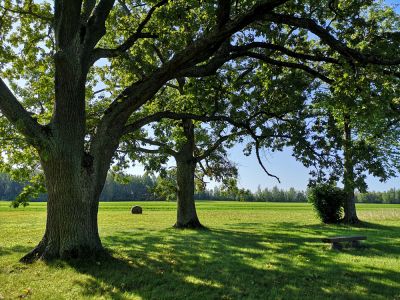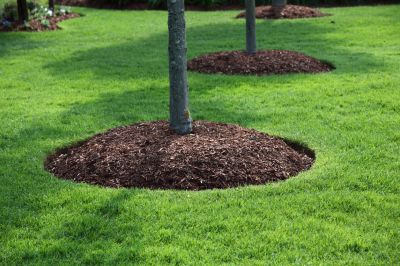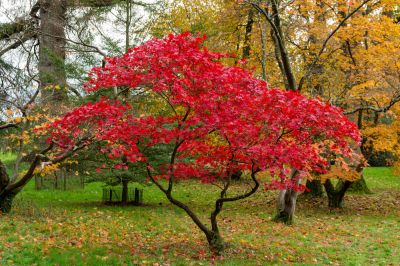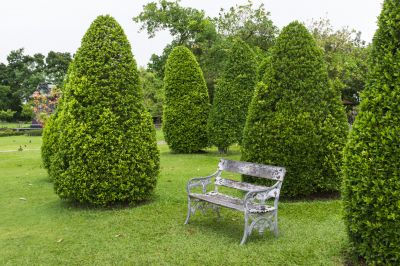Benefits of Tree Planting Service
- 1. Environmental Benefits
- 2. Enhanced Aesthetics
- 3. Shade and Energy Efficiency
- 4. Increased Property Value
- 5. Wildlife Habitat
- 6. Long-Term Sustainability
1. Environmental Benefits
Tree planting service contributes significantly to environmental well-being. Trees help combat climate change by absorbing carbon dioxide and releasing oxygen. They also improve air quality by filtering pollutants and providing a habitat for beneficial insects and birds.
2. Enhanced Aesthetics
Adding trees to your property enhances its visual appeal. Well-placed trees can frame your home, create focal points, and soften hard architectural lines. They provide a natural backdrop and can transform a dull landscape into a lush, inviting environment.
3. Shade and Energy Efficiency
Mature trees offer valuable shade during hot summer months. This natural cooling effect can reduce your energy bills by lowering the need for air conditioning. Shade from trees also protects outdoor living areas from excessive heat, making them more comfortable.
4. Increased Property Value
Strategically planted trees can increase the value of your property. They add curb appeal and make your home more attractive to potential buyers. Trees also create a sense of privacy, making your outdoor space more desirable.
5. Wildlife Habitat
Trees provide a habitat for various wildlife species, including birds, squirrels, and insects. They play a crucial role in maintaining biodiversity by offering shelter and food sources. Enjoy the sights and sounds of nature right in your own backyard.
6. Long-Term Sustainability
Tree planting is an investment in the long-term sustainability of your property and the environment. As trees grow and mature, their benefits continue to increase. They contribute to a healthier ecosystem and provide enduring beauty for generations to come.
Frequently Asked Questions
1. What types of trees are suitable for planting?
The choice of tree species depends on your location, soil type, climate, and your specific goals. Consider native species, as they are well-suited to local conditions and support local wildlife.
2. How deep should I plant a tree?
The planting depth depends on the tree's size and root ball. Generally, you should plant a tree so that the top of the root ball is level with the ground surface. Proper planting depth is critical for the tree's health.
3. When is the best time to plant a tree?
The ideal time to plant a tree is during its dormant season, which is typically in the late fall or early spring. Planting during this period allows the tree to establish its roots before facing the stress of hot or cold weather.
4. How do I care for newly planted trees?
Newly planted trees require proper watering, mulching, and protection from pests and diseases. Adequate watering, especially during the first year, is crucial for their survival and establishment.
5. Can I plant a tree myself, or should I hire a professional?
While it's possible to plant a tree yourself, hiring a professional tree planting service ensures proper planting techniques and increases the tree's chances of long-term survival. Professionals can also provide guidance on tree selection.




